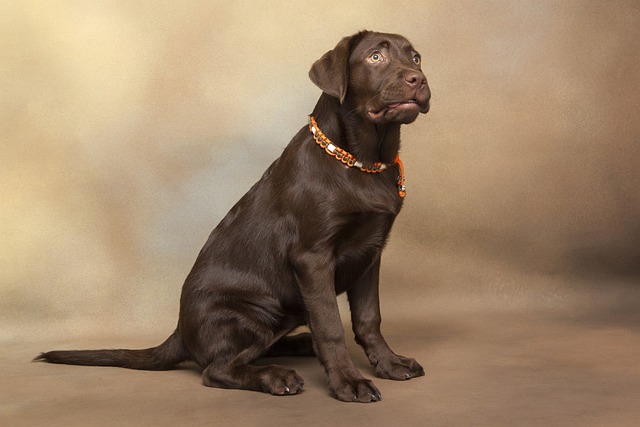
how to keep my dog hydrated when sick
You're curled up on the couch with Buddy, your usually energetic Lab mix. He feels warm, his nose is dry, and he just sniffed indifferently at his water bowl – again.
You've probably heard that telltale click-clack when your dog walks across hardwood floors, right? Many folks assume that's just a harmless sound, but those overgrown nails could be causing real discomfort. Think about how it feels walking around in shoes that are two sizes too small all day - that's essentially what happens when nails push against the toe joints with every step. Beyond the obvious scratching damage to your floors, uncut nails actually force your dog to redistribute weight improperly, potentially leading to arthritis earlier in life. The good news? With some simple observation and routine care, you can prevent these issues completely.
Let's talk about why consistent trims matter more than you might realize. When nails grow too long, they start curving and can painfully embed into paw pads - I once saw a rescue Lab mix limping because an ingrown nail caused a nasty abscess. Then there's the subtle posture damage; dogs with long nails compensate by leaning back, putting unnatural strain on their shoulders and spine. This isn't just theory; studies in veterinary journals show dogs with properly maintained nails have significantly better weight distribution on pressure plates. Plus, think about those excited greetings - no more accidental scratches when Fido jumps up!
So how often should you actually trim? Forget the old "once a month" rule - it's about lifestyle, not calendars. City dogs walking mostly on sidewalks might need trims every 2-3 weeks since pavement doesn't naturally file nails down, while country pups roaming gravel yards could go 6-8 weeks. Here's my favorite trick: have your dog stand naturally. If nails touch the floor before the paw pad does, it's time. You'll often hear that distinct tapping sound on tiles, a clear indicator. Breeds matter too; fast-growing nails on Dachshunds need more attention than a Greyhound's.
Feeling nervous about DIY trimming? You're not alone. Start by handling your pup's paws daily without tools first - pair it with peanut butter licking sessions to build positive associations. When you're ready, opt for sharp guillotine-style clippers or a rotary grinder for smoother edges. Never cut blindly; in dogs with light nails, look for the pink quick (the blood vessel) and stay 2-3mm away from it. For dark nails? Make tiny angled cuts from the tip upward until you see a chalky gray dot in the center - that's your stop point. Accidentally nicking the quick? Keep styptic powder handy to instantly stop bleeding.
Certain situations absolutely call for professional help. If you've inherited a dog with severely overgrown nails where the quick has extended close to the tip, vets can perform gradual shortening over multiple sessions. Dogs with medical conditions like hemophilia or extreme anxiety often need sedation-assisted trims. And if you notice recurring splits or abnormal nail thickening? That warrants a vet check for possible fungal infections or autoimmune issues. Most groomers offer affordable nail-only appointments - well worth $15 for peace of mind.
Building nail care into your routine transforms it from a chore to a health ritual. Start young if possible, but older dogs can learn too through patience and high-value rewards. Remember that time you finally clipped your own overgrown toenails? That instant relief is what your dog experiences. Consistency pays off remarkably - with regular trims, the quick actually recedes, making maintenance easier over time. Before long, you'll recognize your dog's happy "taps" versus the heavy "clacks" that signal it's time for a trim.

You're curled up on the couch with Buddy, your usually energetic Lab mix. He feels warm, his nose is dry, and he just sniffed indifferently at his water bowl – again.

Picture this: You’re scanning a wall of kibble bags at your local PetSmart, trying to choose for your rescue Boxer, Bella. "Salmon recipe!" "Farm-raised chicken!"

Bringing a Labrador into your home is like welcoming a bundle of boundless energy and unconditional love. But before you commit, it's crucial to ensure you're getting a purebred Labrador.

What vitamins should be given to dogs? If you’ve ever stared at the supplement aisle in a pet store, wondering which tiny pills or powders your pup really needs

You’re chopping sweet potatoes for dinner when your German Shepherd, Duke, stares at you with those soulful eyes. You wonder: Could homemade meals solve his dull coat and energy slumps?

What is the best diet for a dog with allergies? If you’ve watched your pup scratch until their paws are raw, or noticed red, irritated skin that won’t heal, you know how frustrating allergies can be.